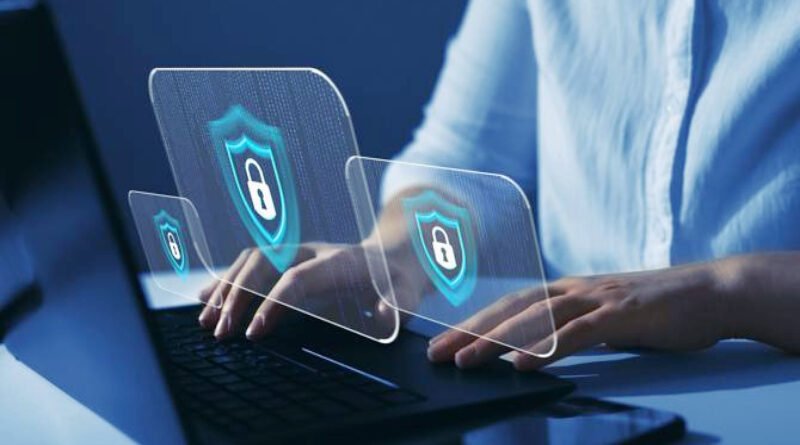The Ultimate Guide to Complete PC Protection
Our computers are our portals to the world in this digital age, where information, communication, and entertainment form an essential part that makes it mandatory to maintain a finely tuned one. On the other hand, they are victims of many cyber threats, which can also breach your data and privacy and degrade your system’s performance. Unfortunately, protecting a PC is more than just an antivirus program; it requires steps across the whole spectrum of digital security.
Install Reliable Antivirus Software
The foundation of information security starts with antivirus software, which works hard to prevent viruses, malware, etc. An excellent antivirus program scans your computer for any threat, putting suspect files to quarantine and changing the real-time danger against almost known risks.
While selecting antivirus software, you can choose features such as auto-updates, a comprehensive scanning option, or any additional layers of protection.
Enable Firewall Protection
Your computer is protected by a firewall, which prevents unwanted access while allowing acceptable packets to pass through. Most operating systems will have a firewall, but you must ensure it is on and configured correctly. A hardware firewall may be another fun way to safeguard your network beyond the built-in brick walls.
Keep Your Operating System and Software Updated
Cybercriminals who use vulnerabilities in deceptively packaged software can get into your laptop. Updating the operating system, applications, and antivirus is essential to eliminating these security gaps.
Set to Auto Update; you don’t want your system to be waiting or require consent before informing you about the patches for the latest vulnerabilities in any of the software. Automatic updates ensure that your system is always protected against newly discovered threats without delays or manual intervention.
Use Strong, Unique Passwords
Hackers can easily crack weak passwords. Using unique, strong passwords for every online account is an essential part of keeping your PC safe. You can create a strong password by making it at least 12 characters long and using upper- and lower-case letters, numbers, and symbols.
Think about using a password manager to create and safely store complex passwords. In addition, password managers can help you stop the dangerous habit of reusing passwords and a breach on one site means they could break into many others.
Enable Two-Factor Authentication (2FA)
Complete PC protection with two-factor authentication (2FA) is more secure because it requires not only your password to log in but also a second level of verification. This might be a text message code, an email confirmation or an authenticator app like Google Authenticator.
Using 2FA on those accounts, particularly for email and banking information as well as social media, can make it impossible for an unauthorized person to access your account even if they have the password.
Secure Your Internet Connection
The means to your PC are over the web, and as a general rule, supporting web protection procedures prevents unapproved access. The first thing you should do is have a strong, unique password for your Wi-Fi network. You should avoid using the default passwords that come with most routers, as they are usually not secure enough.
Be Cautious of Phishing Scams
Cybercriminals can trick you by phishing or stealing personal information such as passwords and credit card numbers. These scams are frequently conducted via emails or messages that look like they were sent from credible origins, such as your bank or a significant online service. To prevent phishing scams, never click on questionable links or download files sent by people you don’t know.
Backup Your Data Regularly
Data loss can occur for many reasons, such as hard drive failure or ransomware. Third, you must regularly back up your data in case of a disaster like the apparent impending implosion. Right now, you have retained a copy of what is important.
There are various ways to back up your data, such as external hard drives and online backup services.
Use Anti-Malware and Anti-Spyware Tools
Use anti-malware and anti-spyware software along with antivirus software, which works like an extra layer. These tools can identify and remove malware that is not found in traditional antivirus programs.
Educate Yourself on Cybersecurity Best Practices
And the rest is knowing what is happening in the cyber security world and how to protect your PC. Read security blogs, watch webinars, and take online classes to stay informed.
As long as you know how cybercriminals work and what measures could help defend yourself, your chances of becoming a target are very low.
Conclusion
All possible vulnerabilities have to be covered—a single layer of security is not enough for comprehensive PC protection. However, with the steps in this guide, you can take some control back and help protect your computer, data, and online privacy from a host of cyber threats. Do not forget that cybersecurity is a continuous process rather than a one-time activity, and we have to be alert about it.
Also visit Digital Global Times for more quality informative content.

